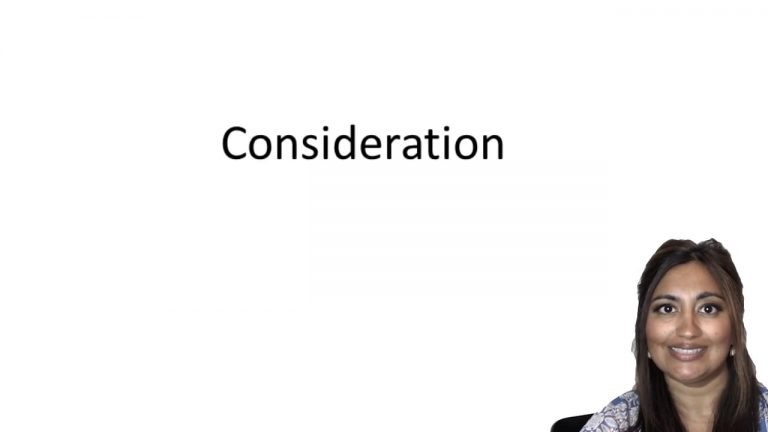SmartBrief
Confirm favorite deletion?
Contracts Keyed to Blum
Fiege v. Boehm
Citation:
210 Md. 352, 123 A.2d 316 (1956)Facts
Plaintiff had never been married, and she testified that on January 21, 1951, Defendant had sexual intercourse with her in his car. Plaintiff testified that Defendant agreed to pay all her medical and hospital bills, compensate her for loss of salary caused by pregnancy and birth, and pay her $10 a week in child support in return for not instituting bastardy proceedings against Defendant. In over two years, Defendant paid Plaintiff $480, but after placing the child up for adoption, Plaintiff claimed that Defendant owed her an extra $2,415.80, but he refused.
Defendant claimed he never had sexual relations with Plaintiff and that he did not enter into any agreement with her. Yet, he admitted to paying $480. In 1953, Defendant met with Plaintiff’s physician to inquire about a blood test to determine the child’s paternity, and the results showed he couldn’t be the father. As a result, Defendant stopped making payments.
Only StudyBuddy Pro offers the complete Case Brief Anatomy*
Access the most important case brief elements for optimal case understanding.
*Case Brief Anatomy includes: Brief Prologue, Complete Case Brief, Brief Epilogue
- The Brief Prologue provides necessary case brief introductory information and includes:
Topic:
Identifies the topic of law and where this case fits within your course outline.Parties:
Identifies the cast of characters involved in the case.Procedural Posture & History:
Shares the case history with how lower courts have ruled on the matter.Case Key Terms, Acts, Doctrines, etc.:
A case specific Legal Term Dictionary.Case Doctrines, Acts, Statutes, Amendments and Treatises:
Identifies and Defines Legal Authority used in this case.
- The Case Brief is the complete case summarized and authored in the traditional Law School I.R.A.C. format. The Pro case brief includes:
Brief Facts:
A Synopsis of the Facts of the case.Rule of Law:
Identifies the Legal Principle the Court used in deciding the case.Facts:
What are the factual circumstances that gave rise to the civil or criminal case? What is the relationship of the Parties that are involved in the case.Issue(s):
Lists the Questions of Law that are raised by the Facts of the case.Holding:
Shares the Court's answer to the legal questions raised in the issue.Concurring / Dissenting Opinions:
Includes valuable concurring or dissenting opinions and their key points.Reasoning and Analysis:
Identifies the chain of argument(s) which led the judges to rule as they did.
- The Brief Prologue closes the case brief with important forward-looking discussion and includes:
Policy:
Identifies the Policy if any that has been established by the case.Court Direction:
Shares where the Court went from here for this case.
Topic Resources
Topic Outline
Topic Refresher Course

 12m 9s
12m 9s